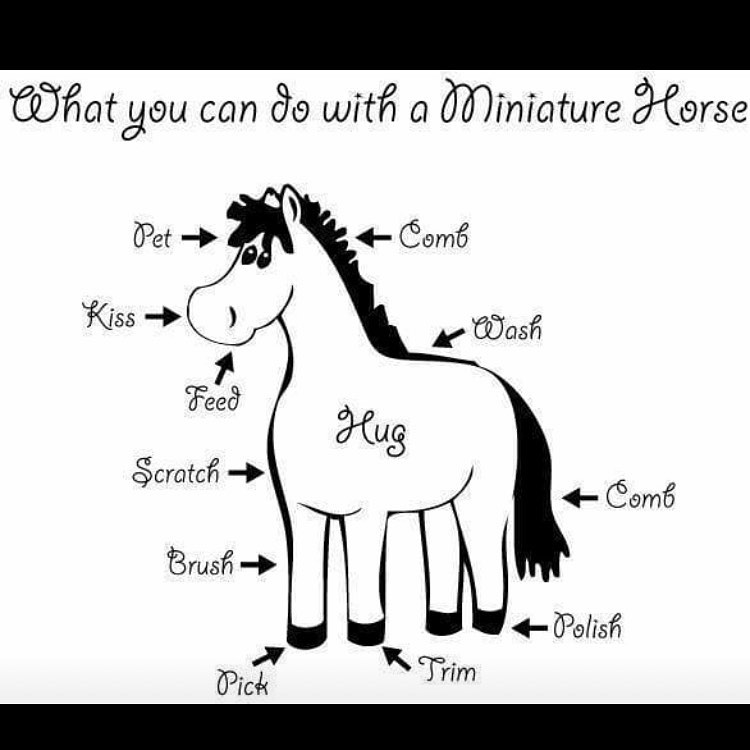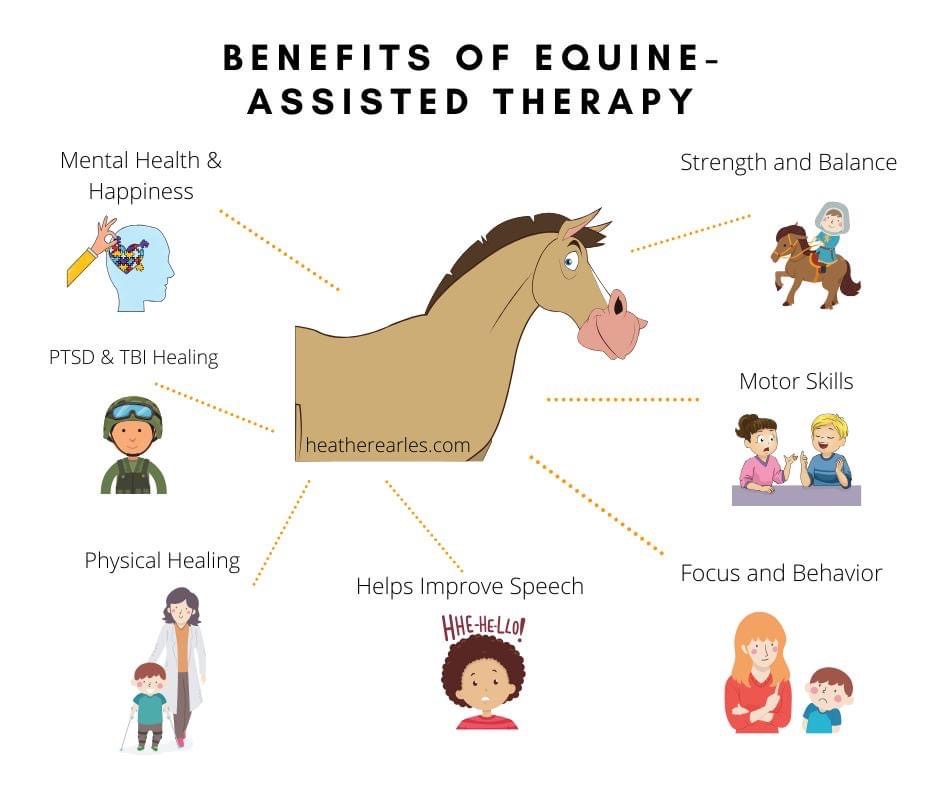Therapy – Animal therapy comes in 2 forms
Animal-assisted therapy (AAT) An alternative / complementary therapy that involves animals as a form of treatment. To improve social, emotional, motivation or cognitive functioning.
Used in a variety of settings i.e. prisons, nursing homes, mental institutions,
It includes a handler which together with the animal has been trained for the role.
And is structured with specific objectives for each session.
Involves specific therapeutic goals, strategies and outcomes measures.
Animal assisted activity (AAA) is more casual and unstructured form of AAT,
Involving a group and with the primary focus on the presence of the animal itself.
Much more than simply spending time with an animal, AAA
Experiences can include walking, brushing, petting and caring for an animal,
as well as processing the experience of trying to achieve a given task.
What are the benefits?
There is a strong bond between animals and people.
Animals are accepting, non-threatening non-judgmental, making it easier for people to open up. Some of the benefits include:
- Improved fine motor skills, improved balance, greater self-control,
- Increased focus and attention, Enhanced problem-solving skills
- Increased self-esteem and ability to care for oneself
- Reduced anxiety, grief and isolation
- Reduced blood pressure, depression, reduced risk of heart attack or stroke
- Improved willingness to be involved in a therapeutic program or group activity
- Increased trust, empathy and teamwork, Improved social skills
- Reduced need for medication
- Benefits both mental health and physical health issues.
Because many children, teens and adults enjoy working with animals, it can be particularly beneficial for individuals who are resistant to treatment or have difficulty accessing their emotions or expressing themselves in talk therapy.
Sigmund Freud kept dogs and often had his chow Jofi in his sessions
He noticed that the presence of the dog was helpful because the patient would find their speech easier and the dog reassured them and so encouraged them to relax and confide.
This was most effective when the patient was a child or adolescent
Hypothesis is based on the premise that our attachment to and interest in animals stems from the strong possibility that human survival was partly dependent on signals from animals in the environment indicating safety or threat.
It suggests that now, if we see animals at rest or in a peaceful state, this may signal to us safety, security and feelings of well-being which in turn may trigger a state where personal change and healing are possible.





